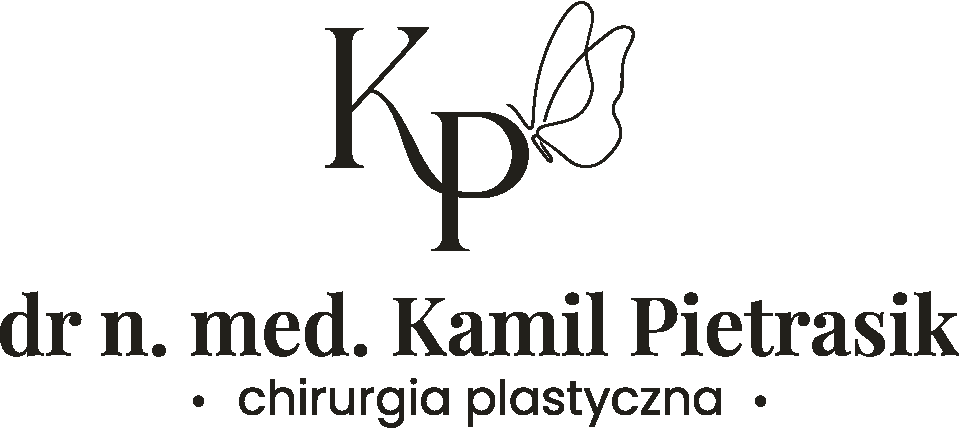Mastopexy with augmentation
Mastopexy with augmentation is a combination of two procedures in one surgery. This operation, regarded as one of the most challenging in aesthetic breast surgery, is designed for females with small and sagging breast. It is frequently performed in mothers after breast feeding period or females after significant weight reduction with moderate to poor skin elasticity.
During one surgery following issues are addressed:
– elevation of nipple-areola complex
– reduction of areola size
– change of breast shape by rearrangement of its own tissues
– volume enhancement by implant insertion or fat grafting
– improvement of breast feel.
In some patients one-stage mastopexy with augmentation bears high risk of complications. In these individuals two-stage approach with 6 months interval significantly reduces such a risk.
Mastopexy with augmentation is performed under general anesthesia.
Skin incisions depend on selected technique and may be placed in periareolar area, lower half of the breast and submammary area. Although resulting scars are permanent they became hardly conspicuous after normal healing is complete.
Patients after this type of surgery stay in the facility overnight.
Return to normal (non-strenuous) activity is possible after 7-10 days.
Sport activities involving pectoral muscles can be resumed after 3 months.
Compression supporting bra must be worn for 3 months.
Obtained results of mastopexy with augmentation are immediate and long-lasting but not permanent. The procedure doesn’t stop natural aging process of the breast.
At certain moment in time, implants should be replaced or removed as none of currently available devices is for a lifetime.
Initial result of breast mastopexy with augmentation may be influenced by weight changes, hormones and pregnancies. Breast feeding is still possible after this type of surgery.
| Duration | 4-5 h |
| Anesthesia | general |
| Stay in the facility | 24 h |
| Recovery | 7-10 days |
| Sutures | removed in post-op day 14 |
| Contraindycations | menstruation, premenstrual period, mental illnesses, blood clotting disorders, uncontrolled hypertension, uncontrolled diabetes, cardiac arrhythmias, active infections, autoimmune diseases, cancer, pregnancy |
| Recommendations before the procedure | breast pre-op.pdf |
| Recommendations after the procedure | breast post-op.pdf |
This short information doesn’t replace medical consultation in the office.
